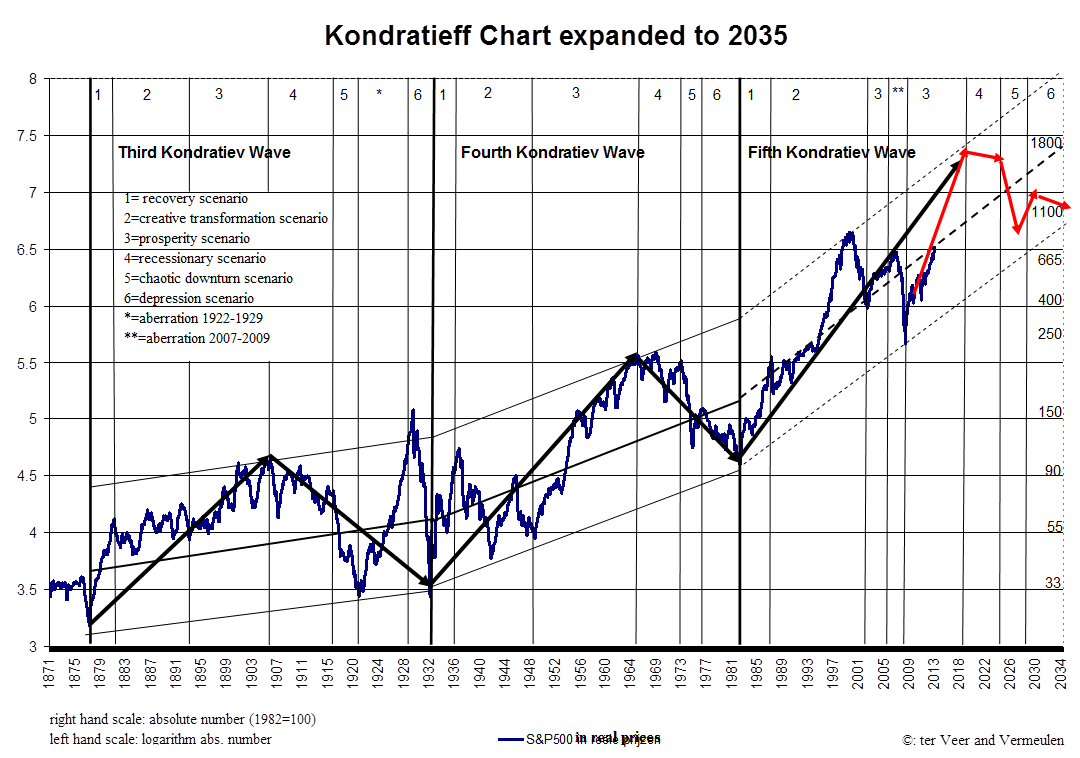
Last week i got a lot of stories that China is a bubble or will become one soon.
Chris Watling had one and also John Mauldin in its weekly column Out of the Box told by the Russian Vitaliy Katsenelson from het Casey Report (in http://www.businessinsider.com/shadow-over-asia-2010-11) his as usual pessimistic thoughts about tremendous Chines bubbles.
The Russian had three good reasons why everything will go wrong in China ("the only question is when"): the way too big credit growth of 29% that makes plausible a big part of that will be classified as misinvestments over some years (that is why China will do evrything to limit credit growth to 15% next year; once 29% is mo problem after a weak year, but several years is dangerous); the second reason is the over speculation in real estate that has made houses unaffordable. In the chart you see that a house in Shanghai or Bejing costs 12 or 15 times the average yearly income and in total China it is 9 times, even more than the 7 times of Japan in 1990 (N.B.: it is not just to judge affordability with the two most expensive cities; that is the same houses in the US are unaffrdable because they are so expensive in Manhattan and San Francisco,(the VS and China are much bigger than these two expensive cities)). Also last years for everu Chinese should be constructed 25 square feet commercial real estate. The vacancies are high. Renting of apartments doesn't make sense by the way, the value as rented is much lower than vacant and so vacant real estate gives better returns than rented real estate at current negative real interest rates.
The third reason is that government determines investments. In history that hasn't gone well for a long time. The free market, the invisible hand, should determine investments.
Watling has about the same reasons, but doesn't see the bubble bursting that soon. Investments are 45% of the GDP, that is too much and guarantees malinvestments, especially in infrastructure and real estate.
Consumer debts rose a 10% of GDP, that is going too fast.
The local government is for the financing of its spending way too dependent from selling land to speculators/ developing the real estate by its own constructors at abig profit (that is not so different in other countries, most local governments don't have other tricks to get some money).
Both compare the growth of China with that in Japan, thee Sowjet Union and the Asian tigers.
Watling cites Krugman in his study about Asia in 1994. In the fifties the growth in the Sowjet Union was tremendous (especialy according to their statistics). That was then reason enough for plenty of scientists to forecast that in the seventies the Sowjet economy would surpass that of the US. A central governed state should produce better growth people thought then and now for China. That leads the pessimistss now to the conclusion China will never surpass the US [N.B.: that is ridiculous, in dollar terms is the Chinese growth at least 10% higher than in US (5% real GDP and 5% because of higher inflation in China combined with a stronger yuan)].
China is growing about 10% each year since 1979. Before 1979 Japan did about the same after 1950 until 1990 and for example Taiwan and South Korea did that from 1960 until 1997. After that period the growth was much lower: about zero in Japan, but still about 4% in South Korea and Taiwan.
That probably also will happen with China: 40 years after 1979 is 2019. After every about ten years China had a big crisis (credit crisis 2008, Asian crisis 1998, Tienanmin in 1988, end of cultural revolution in 1978, famine 1957/8 etc). After 1978 China recovered easily. After 2019 that could become much more difficult.
For the time being China has a long road to go to converge to the prosperity of for example Korea in 1997. For that you need huge investments, also in infrastructure, so that is not so bubbly yet. The prices of houses in the chart are for houses only buyers, this is the upper middle class and higher, can afford, so for incomes that are substantially higher than average. The wages are rising 10 to 15% in the coming years, so houses are not clearly too expensive. The houses that were built were too much only for high incomes. Fortunately te Chinese government will build a tremendous lot of new cheap houses for the lower incomes (so China still needs steel and copper, even when they maybe will build less expensive houses). That acceleration will lead to an overbuilt situation in Chinese houses, but it will last several years 98?) to get the housing crash.
A centrally planned economy can be excellent in the convergency process to the whealth of the West. When you are there or almost there it becomes much more difficult, see Japan after 1990. But it is still possible: see Singapore that in thecoming decades will become much richer than the US or Europe (at current policies).
A Singapore, that probably will prove to be too difficult for China, China is too big for that and is not stable enough (outer provinces), the government will continue to try to decide everything what will not work after some (Minsky) moment (that is a strong view: China will undergo that after some time near about 2019). China can become easily a lot richer for the time being (fortunately) (and that probably will be true for many emerging markets). The coast of China was during centuries the richest part of the planet. That can happen again.



















































